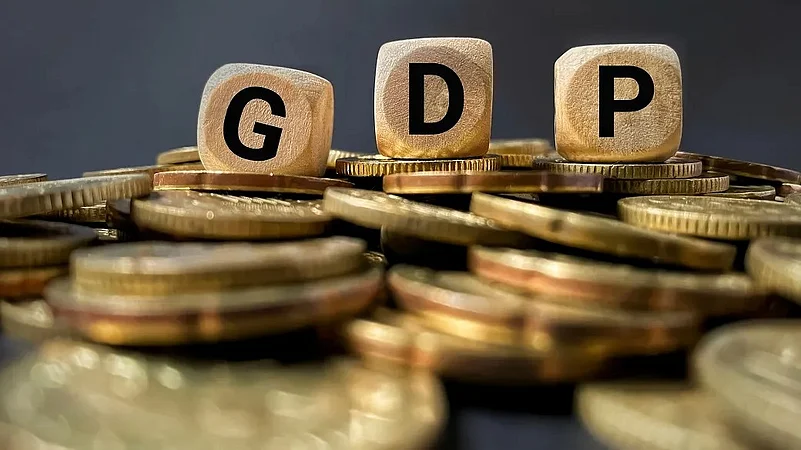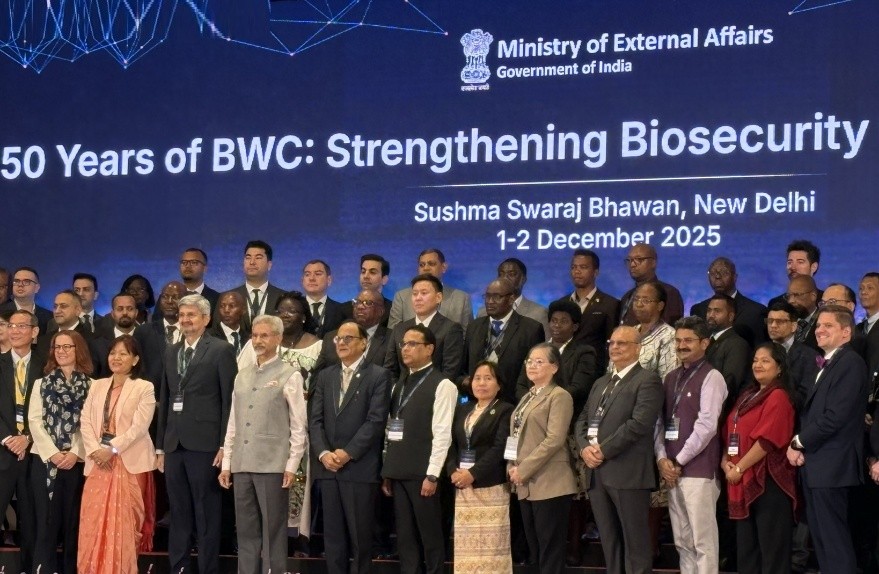Font size:
Print
Highlights of the Income Tax Bill, 2025
Context:
Finance Minister Nirmala Sitharaman introduced the Income Tax Bill, 2025 in Lok Sabha on February 13 to simplify and modernise India’s direct tax law.
More on News
- The bill aims to make the law concise, lucid, and easy to understand.
- The existing Income Tax Act of 1961 has been amended multiple times, making it complex and difficult to navigate.
- A 31-member Select Committee of the Lok Sabha, chaired by BJP MP Baijayant Panda, has been formed to examine the bill. The committee will submit its report in the next Parliament session.
Purpose of the New Bill
- The current Income Tax Act (1961) has undergone numerous amendments, leading to:
- Complexity in interpretation.
- Higher compliance costs for taxpayers.
- Increased litigation and disputes.
- Challenges in tax administration.
- The new bill seeks to simplify the tax law without making any policy changes.
Key Features of the Bill
Simplification of Language and Structure
- Redundant provisions removed for clarity.
- Reorganised sections with logical navigation.
- Use of tables and formulae for easier understanding.
- Example: The bill consolidates 43 TDS sections into one section with a table categorizing payees (residents, non-residents, others).
No Changes in Direct Tax Policies
- The bill does not alter tax rates, exemptions, or deductions.
- It only streamlines existing laws for better comprehension and compliance.
Introduction of ‘Tax Year’
- Replaces ‘financial year’ and ‘assessment year’ with a single term – ‘tax year’.
- This aims to:
- Reduce confusion regarding tax payments.
- Align India’s tax system with international standards (e.g., U.K., Australia).
Impact on Compliance and Litigation
- Simpler language reduces misinterpretation and legal disputes.
- More clarity benefits small businesses and non-profits (NPOs) that lack legal assistance.
Smooth Transition & Implementation
Successful transition depends on:
- Training tax administrators on the new system.
- Updating IT infrastructure and tax rules.
- Providing a buffer period for adaptation.
New Provisions in Digital Space & Crypto Regulations
Expanded Search & Seizure Powers in the Virtual Space
- Authorities can now access digital and cloud-based assets (email servers, social media accounts, cloud storage).
- Tax officers can demand technical assistance (e.g., access codes) during tax surveys.
- Raises concerns over privacy and government overreach.
Cryptocurrency & Virtual Digital Assets (VDA)
- Crypto assets are classified as VDAs and cannot be transferred to evade tax liabilities.
- Authorities can block crypto transactions if tax evasion is suspected.
Powers of the Central Board of Direct Taxes (CBDT)
The CBDT’s authority remains unchanged, but the bill fills existing gaps. For example, CBDT can now issue guidelines for cooperative societies under alternate tax regimes.
Previous Attempts to Revise Income Tax Law
- 2009: Finance Minister Pranab Mukherjee attempted to introduce the Direct Tax Code (DTC), but it was not passed.
- 2017: PM Narendra Modi called for an overhaul of the Income Tax Act, leading to the formation of a six-member task force.
- 2019: The committee submitted a report, but the process was delayed.
The Income Tax Bill, 2025, simplifies the tax system without introducing policy changes. It aims to reduce litigation, enhance compliance, and modernise tax administration.


